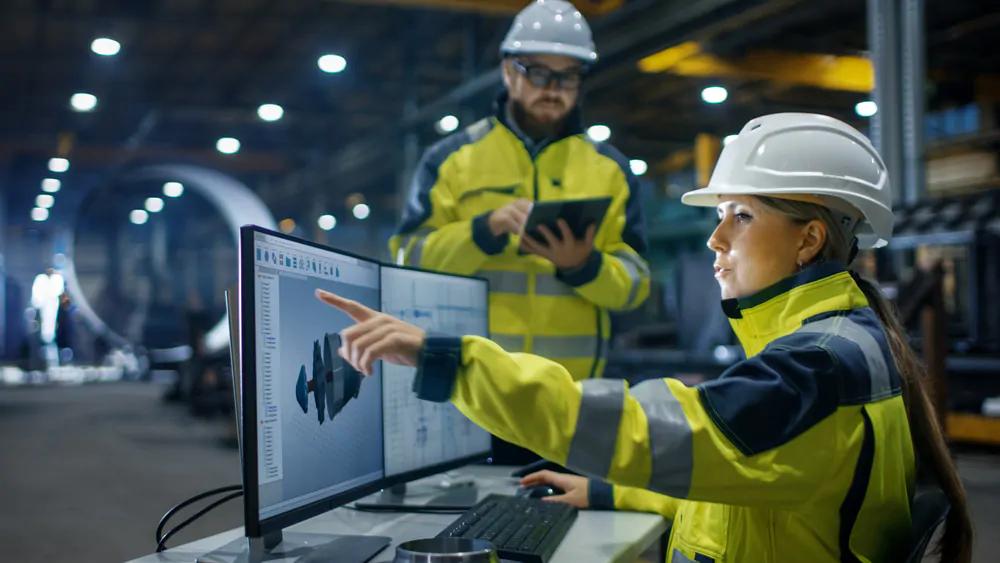Understanding Advanced Steel:
Advanced Steel encompasses a range of high-performance alloys engineered to deliver superior mechanical properties. Characterized by enhanced strength, durability, and formability, Advanced Steel represents a significant leap forward in material science. Through precise alloying and innovative processing techniques, manufacturers achieve a delicate balance of strength and ductility, empowering engineers to push the boundaries of design and construction.
Innovations Driving Advancements:
The development of Advanced Steel owes much to groundbreaking innovations in metallurgy and manufacturing. Nanostructuring techniques, such as severe plastic deformation and rapid solidification, allow for the creation of ultrafine grain structures, enhancing strength while maintaining excellent toughness. Additionally, advanced heat treatment processes, such as quenching and tempering, tailor the microstructure to achieve specific mechanical properties, ensuring optimal performance in diverse applications.
Key Properties and Advantages:
One of the defining characteristics of Advanced Steel is its exceptional strength-to-weight ratio. By utilizing advanced alloying elements and microstructural refinement, engineers can design structures that are lighter yet stronger, resulting in reduced material consumption and improved efficiency. Moreover, Advanced Steel exhibits excellent fatigue resistance, corrosion resistance, and weldability, making it an ideal choice for demanding environments and applications.
Applications Across Industries:
The versatility of Advanced Steel finds applications across a myriad of industries. In automotive manufacturing, it enables the production of lightweight yet robust vehicle components, enhancing fuel efficiency and crashworthiness. In aerospace engineering, Autocad License contributes to the development of high-performance airframes and propulsion systems, driving innovation in both commercial and military aviation. Moreover, in infrastructure projects, such as bridges, buildings, and offshore structures, Advanced Steel provides the structural integrity necessary to withstand dynamic loads and harsh environmental conditions, ensuring long-term reliability and safety.
Environmental Sustainability:
Beyond its mechanical prowess, Advanced Steel also plays a vital role in promoting environmental sustainability. Through lightweighting initiatives, it facilitates the design of energy-efficient vehicles and structures, reducing carbon emissions over their lifecycle. Furthermore, the recyclability of steel ensures that end-of-life products can be efficiently repurposed, minimizing waste and conserving natural resources. As society increasingly prioritizes sustainability, Advanced Steel emerges as a key enabler of eco-friendly innovation.
Future Prospects and Challenges:
Looking ahead, the trajectory of Advanced Steel promises continued innovation and expansion. Emerging technologies, such as additive manufacturing and computational modeling, offer new avenues for optimizing material properties and design performance. However, challenges remain, including the need for advanced processing techniques to overcome size and complexity limitations, as well as the integration of digital solutions for real-time monitoring and quality control.














Write a comment ...